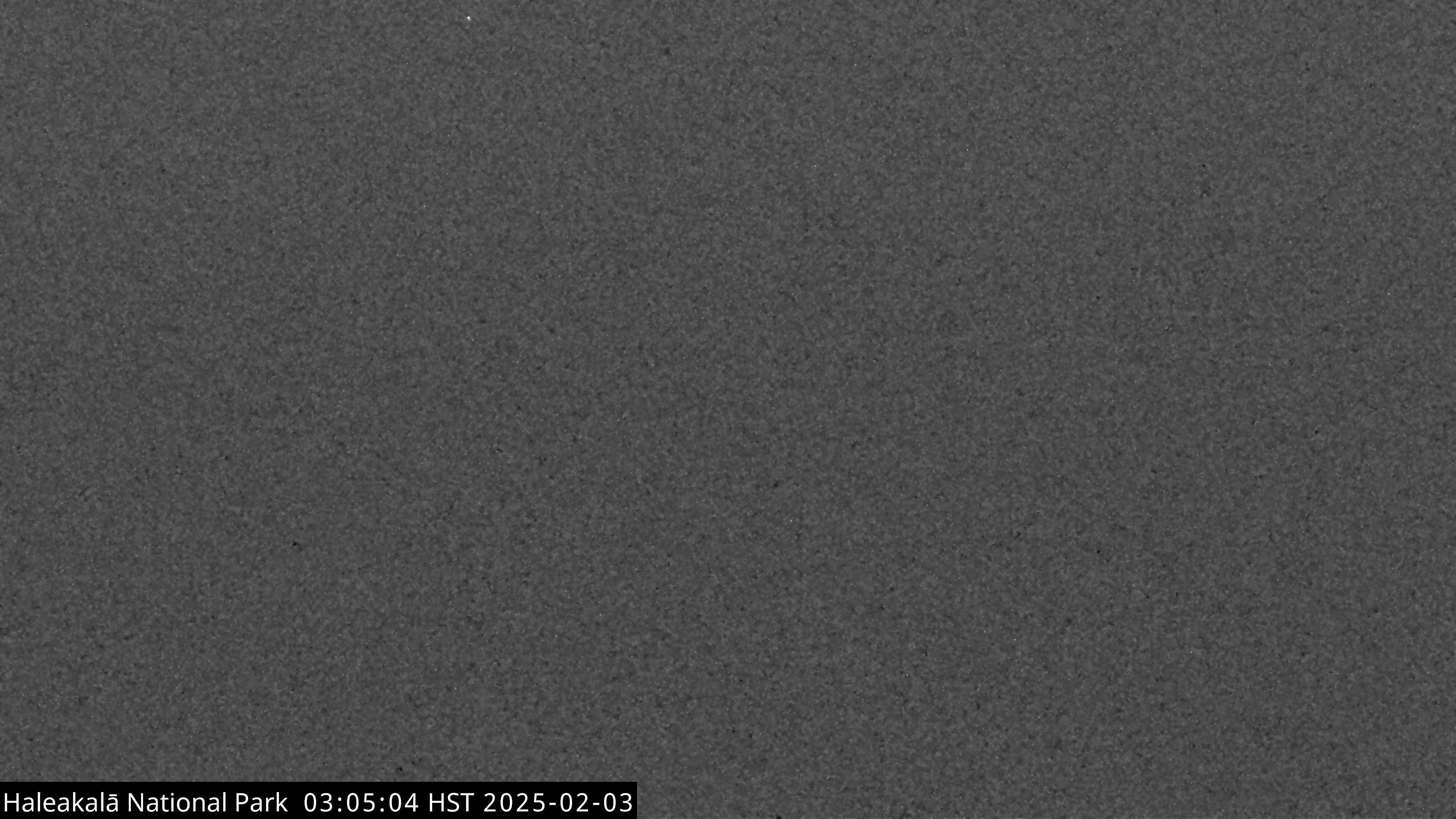Haleakalā National Park, Maui Webcams
Haleakalā Summit Cam

Puunianiau FAA Webcam
Looking at Haleakalā and South Maui from Molokini Crater
Haleakalā National Park: Preserving Maui’s Sacred Summit and Natural Splendor
Introduction: The Majestic Crater of Haleakalā
Haleakalā National Park, Maui Webcams. Perched atop the summit of Maui’s highest peak, Haleakalā, lies a landscape of otherworldly beauty and cultural significance. Haleakalā National Park, established in 1916, encompasses over 33,000 acres of pristine wilderness, including the vast volcanic crater of Haleakalā, lush rainforests, and endangered ecosystems. Its name, Haleakalā, translates to “House of the Sun” in Hawaiian, reflecting the awe-inspiring vistas and spiritual significance of this sacred site.
Ancient Origins: Geological Formation and Hawaiian Mythology
The history of Haleakalā stretches back millions of years to its volcanic origins. Formed through countless eruptions and lava flows, the summit of Haleakalā rises over 10,000 feet above sea level, making it one of the tallest peaks in the Pacific. The crater itself, stretching over seven miles in length and two miles in width, is the result of millennia of erosion and volcanic activity.
In Hawaiian mythology, Haleakalā holds a special place as the realm of the demigod Maui. According to legend, Maui captured the sun and slowed its journey across the sky from the summit of Haleakalā, allowing his mother, Hina, more time to dry her kapa (bark cloth). This mythological connection imbues Haleakalā with cultural significance and spiritual reverence among the Hawaiian people.
Cultural Heritage: Native Hawaiian Traditions and Practices
For centuries, Haleakalā has been a place of pilgrimage, ceremony, and cultural exchange for the Native Hawaiian people. They revered the summit as a sacred site, conducting rituals, offering prayers, and seeking guidance from the gods. The crater’s unique ecosystem provided valuable resources for survival, including native plants, animals, and water sources.
The Hawaiian people developed a deep understanding of Haleakalā’s natural cycles and seasonal rhythms, incorporating them into their daily lives and traditional practices. They cultivated taro, sweet potato, and other crops in the fertile soils of the crater, adapting to the harsh conditions of high altitude and volcanic terrain.
Exploration and Discovery: European Contact and Scientific Inquiry
The arrival of European explorers and settlers in the 18th and 19th centuries brought new attention to Haleakalā and its natural wonders. In 1778, the British explorer Captain James Cook became one of the first Europeans to encounter Maui and its towering peak. His accounts of the island’s rugged terrain and volcanic landscapes sparked curiosity and interest among scientists and naturalists.
In the early 20th century, Haleakalā gained further prominence with the establishment of Haleakalā National Park. Recognizing the need to preserve the area’s unique geological features, native flora and fauna, and cultural heritage, the United States Congress designated Haleakalā as a national park in 1916, making it one of the first protected areas in Hawaii.
Conservation and Preservation: Protecting Haleakalā’s Fragile Ecosystems
Since its establishment, Haleakalā National Park has played a crucial role in conserving and protecting Maui’s diverse ecosystems and endemic species. The park’s management prioritizes the preservation of native habitats, rare plants, and endangered wildlife, including the Hawaiian nēnē (goose), silversword, and happy-face spider.
Efforts to restore and rehabilitate Haleakalā’s fragile ecosystems have included invasive species removal, habitat restoration, and conservation research. Park rangers and scientists work tirelessly to monitor and mitigate threats to the park’s biodiversity, such as habitat loss, climate change, and invasive species.
Recreation and Visitor Experience: Exploring Haleakalā’s Wilderness
Haleakalā National Park offers visitors a range of recreational opportunities and outdoor adventures, from hiking and camping to stargazing and wildlife viewing. The park’s extensive network of trails traverses diverse landscapes, from the stark lunar-like terrain of the crater to the lush forests and waterfalls of the Kīpahulu Valley.
One of the most popular activities in the park is watching the sunrise or sunset from the summit of Haleakalā. Visitors gather in the early hours of the morning to witness the first rays of sunlight illuminating the crater’s rim, painting the sky in vibrant hues of orange, pink, and purple. The experience is both awe-inspiring and spiritual, offering a profound connection to the natural world and the forces that shape it.
Cultural Interpretation and Education: Honoring Hawaiian Traditions and Knowledge
Haleakalā National Park is committed to honoring and preserving Native Hawaiian traditions, knowledge, and practices. The park offers cultural interpretation programs, guided hikes, and educational workshops that highlight the significance of Haleakalā to the Hawaiian people and their enduring relationship with the land.
Visitors have the opportunity to learn about traditional Hawaiian crafts, storytelling, and navigation techniques, gaining insight into the rich cultural heritage of Maui’s indigenous inhabitants. Through these experiences, visitors gain a deeper appreciation for Haleakalā’s cultural and ecological significance and the importance of protecting it for future generations.
Conclusion: Guardians of Haleakalā’s Legacy
As guardians of Haleakalā’s legacy, Haleakalā National Park stewards a landscape of unparalleled beauty, ecological diversity, and cultural richness. Its towering summit and rugged terrain inspire wonder and reverence, drawing visitors from around the world to explore its hidden treasures and timeless wonders.
Through conservation, education, and cultural interpretation, the park ensures that Haleakalā’s sacred summit and natural splendor will endure for generations to come, serving as a sanctuary for wildlife, a haven for spiritual reflection, and a testament to the enduring bond between humanity and the natural world.
For more information, visit the official Haleakalā National Park website.
